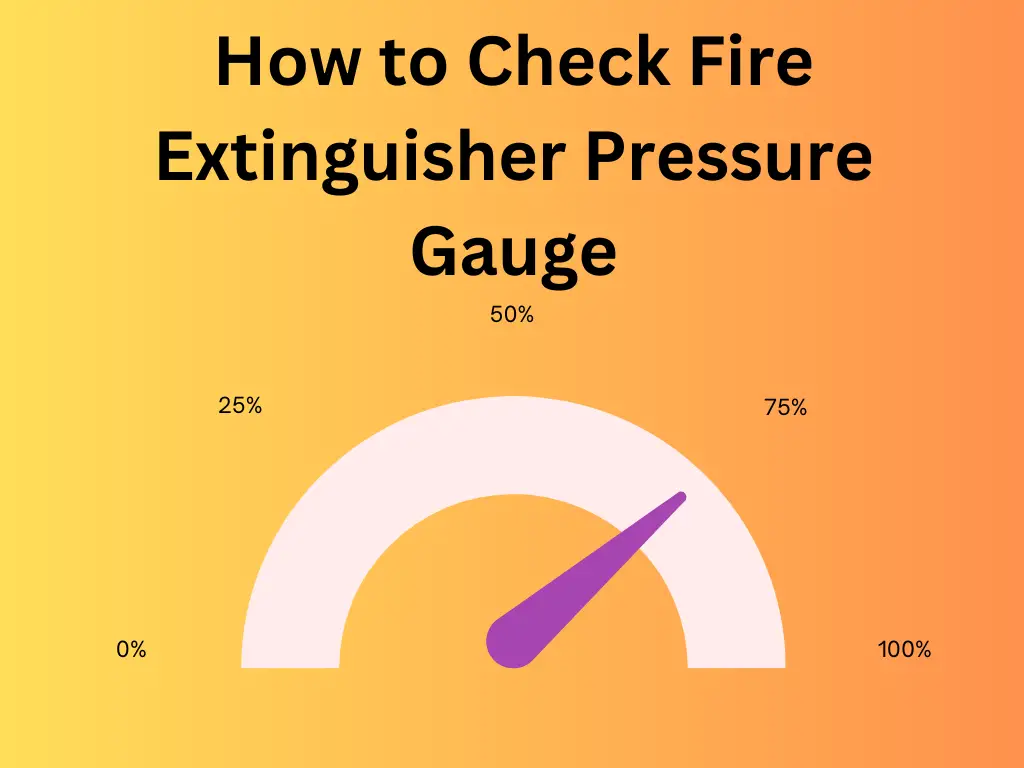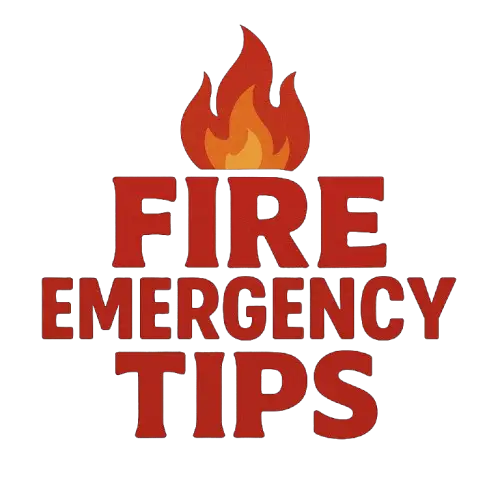
A fire extinguisher is an essential safety equipment that can help prevent and extinguish fires. However, a fire extinguisher can only be effective if it is properly maintained and regularly checked to ensure that it is in good working condition. One of the most critical components of a fire extinguisher is the pressure gauge, which indicates the level of pressure in the extinguisher.
In this article, I will walk you through the steps on how to check the pressure gauge on a fire extinguisher.
Why is it important to check the pressure gauge?
The pressure gauge on a fire extinguisher is an essential component that indicates the amount of pressure inside the extinguisher. A low pressure in the extinguisher can indicate that there is a leak or that the extinguisher is not properly charged. On the other hand, a high pressure can be a sign of overcharging, which can cause the extinguisher to burst and potentially injure anyone nearby.
Steps to check the pressure gauge on a fire extinguisher
Step 1: Locate the pressure gauge
The pressure gauge is typically located on the top of the fire extinguisher. It is a round, dial-like instrument that is usually color-coded in green, yellow, and red.
Step 2: Read the pressure gauge
To check the pressure gauge, you need to read the numbers and markings on the dial. The numbers typically range from 0 to 300, and they indicate the pressure in pounds per square inch (PSI). The markings on the dial also include a green zone, a yellow zone, and a red zone.
The green zone indicates that the pressure is good, the yellow zone indicates that the pressure is low and requires refilling, and the red zone indicates that the pressure is too high and requires immediate attention.
Step 3: Compare the pressure with the recommended level
After reading the pressure gauge, you need to compare the pressure with the recommended level for the type of fire extinguisher you have. The recommended level is typically indicated on a label on the extinguisher or in the user manual. For example, a dry chemical fire extinguisher should have a pressure level of 195 PSI.
Step 4: Take action if the pressure is too low or too high
If the pressure gauge indicates that the pressure is too low, the fire extinguisher needs to be refilled or replaced. It is important to note that a low pressure can also indicate that there is a leak in the extinguisher, which can compromise its effectiveness.
If the pressure gauge indicates that the pressure is too high, the fire extinguisher needs to be depressurized immediately to prevent the risk of bursting.
Frequently Asked Questions (FAQs)
How do you read a fire extinguisher pressure gauge?
To read a fire extinguisher pressure gauge, first locate the gauge on the extinguisher. The gauge will show a range of pressure levels. If the needle on the gauge is within the green zone, the extinguisher is properly charged. If it’s in the red zone, the extinguisher needs to be recharged or replaced.
What is the normal pressure gauge for fire extinguisher?
The normal pressure gauge for a fire extinguisher is typically between 100-175 PSI (pounds per square inch), depending on the type of extinguisher.
What does it mean when the gauge is red on a fire extinguisher?
When the gauge on a fire extinguisher is red, it means that the pressure level is below the recommended level and the extinguisher needs to be recharged or replaced. It is important to ensure that fire extinguishers are properly charged to be effective in the event of a fire.
What is the operating pressure of 25 kg DCP fire extinguishers?
The operating pressure of a 25 kg DCP (Dry Chemical Powder) fire extinguisher varies depending on the manufacturer, but it is typically between 14-17 bar or 200-250 PSI (pounds per square inch). It’s important to check the pressure gauge periodically to ensure that the extinguisher is properly charged.
What pressure is a 9kg fire extinguisher?
The pressure of a 9kg fire extinguisher varies depending on the type and manufacturer, but it is typically between 13-20 bar or 185-290 PSI (pounds per square inch). It is important to check the pressure gauge regularly to ensure that the fire extinguisher is properly charged and ready for use in case of an emergency.
What action should you take if a fire extinguisher is showing red on its pressure gauge?
If a fire extinguisher is showing red on its pressure gauge, it means that the pressure level is below the recommended level, and it needs to be recharged or replaced. You should take the extinguisher out of service and contact a qualified technician to recharge or replace it as soon as possible.
How do you test a fire extinguisher without a pressure gauge?
If a fire extinguisher does not have a pressure gauge, it can be tested by weighing it to determine if it is within its proper weight range. The weight range should be listed on the extinguisher label. You can also visually inspect the extinguisher for any signs of damage or corrosion.
What happens if a fire extinguisher is overcharged?
If a fire extinguisher is overcharged, the pressure inside the cylinder can build up to dangerous levels, causing it to rupture or explode. This can cause serious injury or property damage. Overcharging can also cause the fire extinguisher to discharge prematurely or malfunction when needed in an emergency.
Conclusion
Checking the pressure gauge on a fire extinguisher is a simple but critical step in ensuring that the extinguisher is in good working condition.
When you follow the steps I have outlined in this article, you can quickly and easily check the pressure gauge and take appropriate action to maintain the extinguisher’s effectiveness.
Always remember, a fire extinguisher can save lives and prevent property damage, but it can only do so if it is properly maintained and regularly checked.
